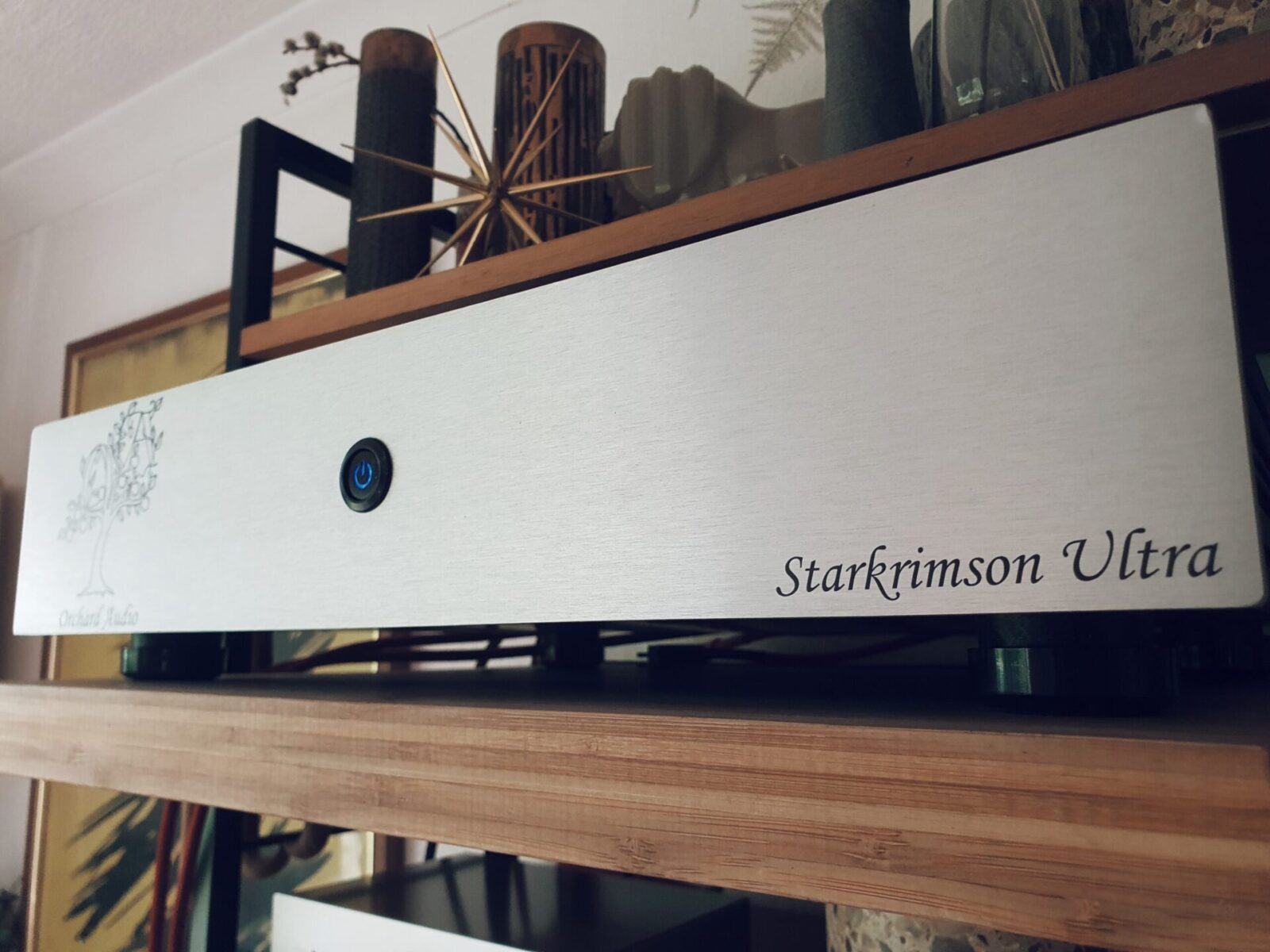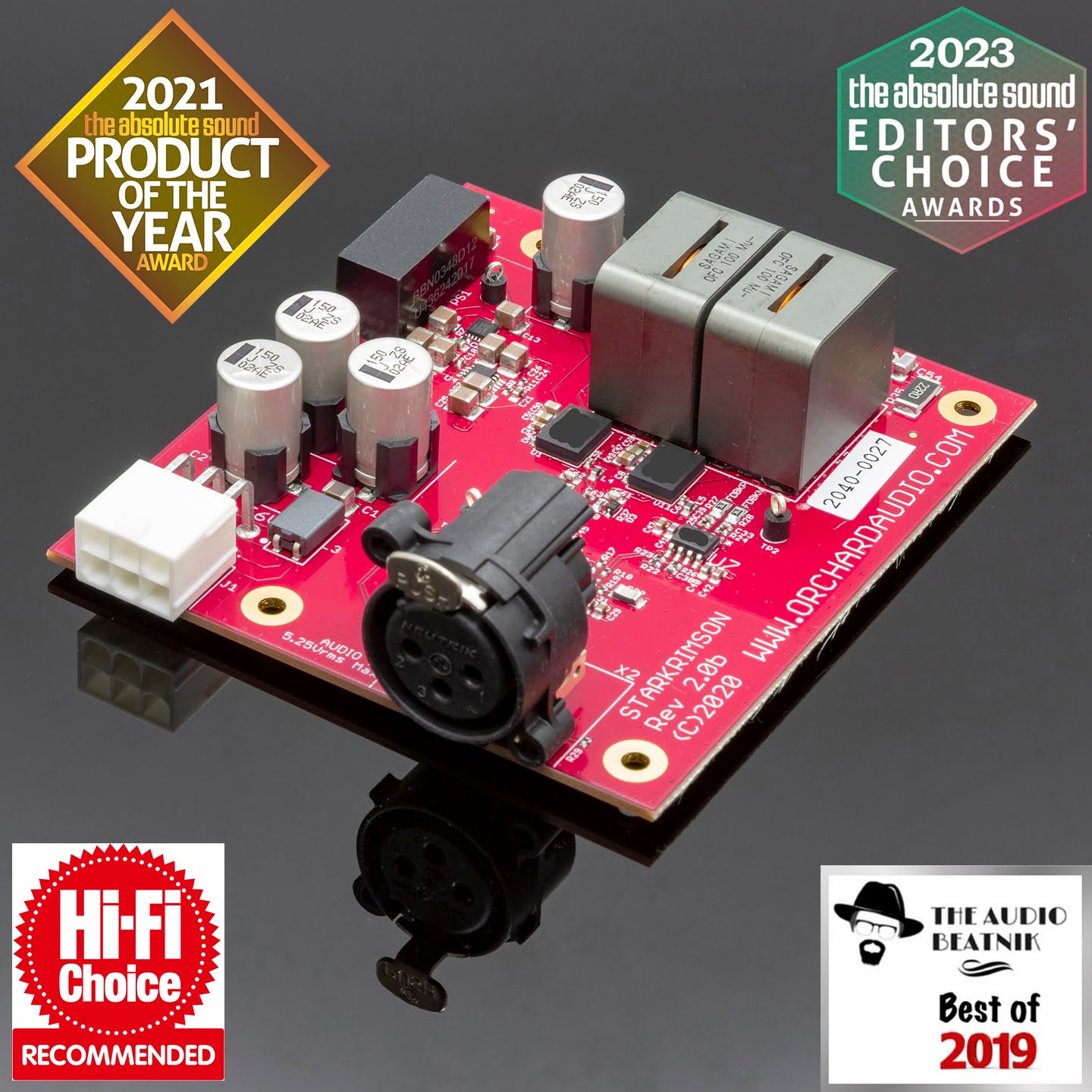Back to @Robh3606 his cherry picked plots on his post #139.
How is my feeble mind supposed to work out, in real-time, which of those peeks/peaks is/are the one that describes the sound coming in
There are two or more options for that waveform to give me some PRaT, and I sort of need it to be clear, in order for me to get it.
And if the sound is further delayed by a cycle, then that is also making it difficult to line things up.
It might be possible that some people are just better at processing the sounds, and others need some help with an easier and more accurate sound?
Hello
Do you have know what those plots represent? Well if not, they are 1 point is space on axis measurements. They are convoluted from the impulse response to the Step responses shown for two different speaker systems. The Step Response shows the arrival times of all drivers in the system.
The impulse response where the Step comes from contains amplitude, frequency and phase so a complete picture of what arrives at you ears at that distance and listening axis.
They were posted to show the difference between a Time Aligned system and one that is not.
If the non time aligned speaker is time coherent you will not be able to hear the time arrival differences between the drivers. The group delay of the overall system is below the audible threshold.
Almost all speakers fall into this category.
Remember this is a measurement, a very useful one, but not a predictor of what you will actually hear. There are way to many variables for a single measurement to do that.
Rob



